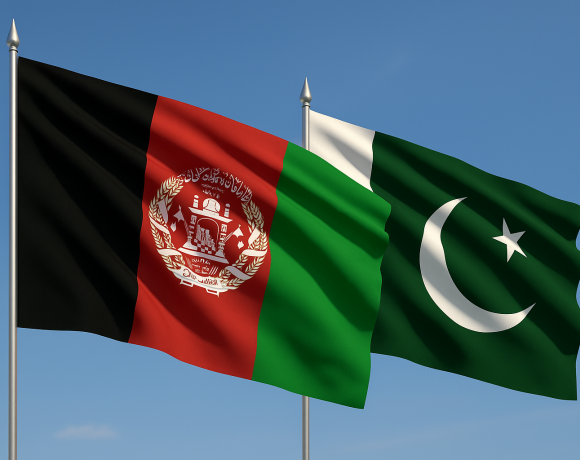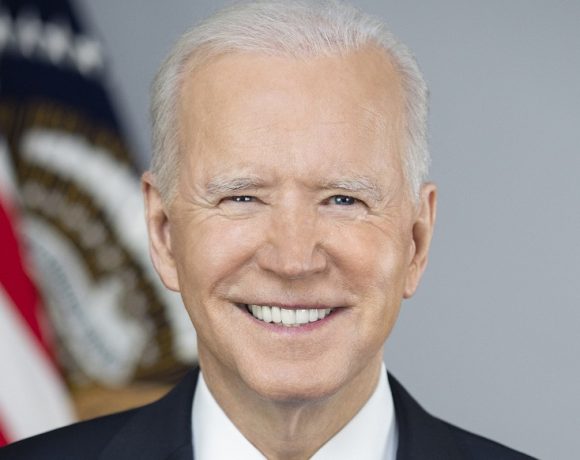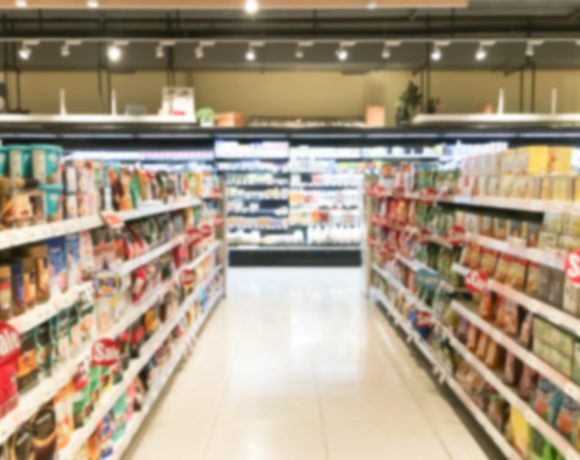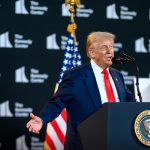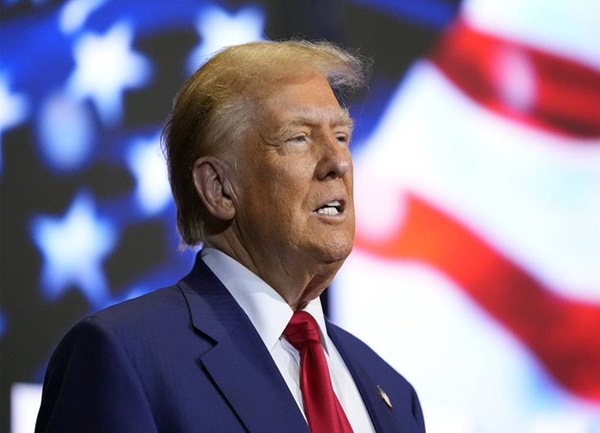
Trump Announces 50% Copper, 200% Pharma Tariffs
President Donald Trump has launched a new wave of protectionist trade measures, unveiling a 50% tariff on copper imports and issuing a stark warning that pharmaceutical products could face duties as high as 200% within the next 12 to 18 months. The announcements are part of a broader strategy to reduce U.S. reliance on foreign supply chains and to push for more balanced trade terms with key partners.
Copper Tariffs to Hit by August
The copper tariff, announced during a Cabinet meeting, is expected to take effect by late July or early August. Trump described the move as essential to protect America’s critical mineral reserves and revive domestic copper production. Copper, widely used in electric vehicles, construction, and electronics, is seen as a strategic resource, and the tariff is aimed at discouraging cheap imports while stimulating local mining and smelting industries.
Copper futures in U.S. markets surged following the announcement, reflecting fears of constrained supply and rising input costs for manufacturers. The administration justified the move under a national security rationale, similar to previous Section 232 tariff frameworks used in the steel and aluminum sectors.
Pharma Sector Warned of 200% Duty
Trump’s warning to the pharmaceutical industry was even more dramatic. He stated that tariffs on imported drugs could be raised to 200%, but only after a year-long grace period. This window, he claimed, is meant to give global pharmaceutical companies time to relocate production to the U.S. or comply with new sourcing mandates.
The announcement has caused alarm in the global pharmaceutical industry, especially in countries heavily dependent on U.S. drug exports. Trump emphasized that the goal is to reduce dependency on critical medical imports and ensure health supply chain resilience within the United States.
Broader Trade Recalibration Underway
These latest measures form part of Trump’s expansive reciprocal tariff strategy, which includes individually negotiated duties targeting specific trade partners. His administration is actively issuing trade notifications to about 14 countries, signaling that failure to enter new agreements by the August 1 deadline could invite additional tariffs ranging from 25% to 40% on a variety of goods.
The move also follows Trump’s earlier announcements of blanket tariffs on nations he accuses of undermining the U.S. dollar or creating unfair trade imbalances. Copper and pharma have now become the latest sectors caught in this widening net of economic nationalism.
India Among Nations at Risk
India, a major exporter of both copper and generic medicines, stands to be significantly impacted. Roughly $2 billion worth of copper products and $9.8 billion in pharmaceutical goods were exported to the U.S. in FY2024-25. If the 200% pharmaceutical duty is enforced, Indian drug manufacturers could face severe disruptions unless exemptions or special trade accommodations are secured in time.
Indian trade officials are reportedly in talks with their U.S. counterparts to seek clarity and possible concessions before the August deadline. The stakes are high, as the pharmaceutical sector is not only a major foreign exchange earner for India but also a critical supplier of low-cost generic medications globally.



